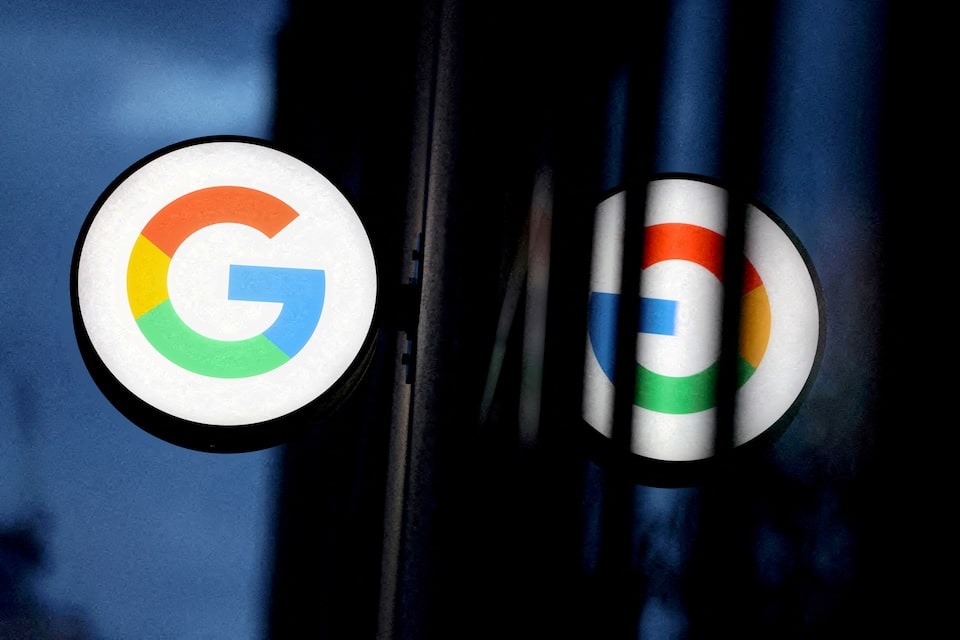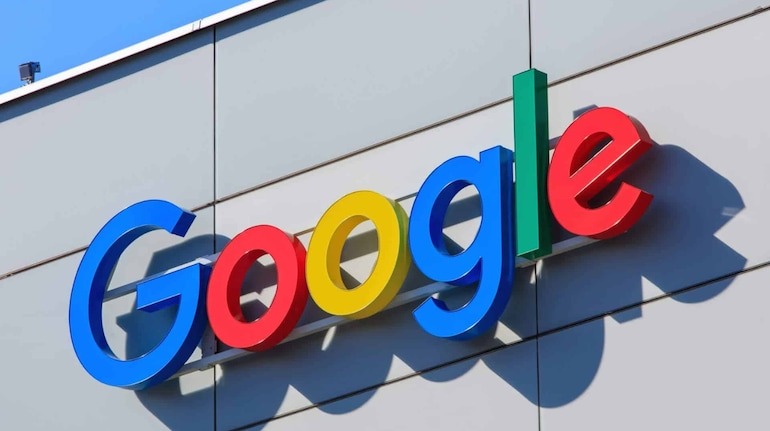In the digital age, where information is abundant and easily accessible, the challenge of distinguishing between authentic and fraudulent sources has become increasingly critical. Search engines, as the primary gateway to online information for billions of users, play a crucial role in this landscape. Google, the world’s most popular search engine, has long been at the forefront of efforts to provide users with accurate and reliable information.

Google’s New Verification Initiative
According to a Reuters report on October 4, 2023, Alphabet’s Google is experimenting with displaying check marks next to certain companies in its search results. This move is aimed at helping users more easily identify verified sources and avoid fake websites that may appear in search results.
We regularly experiment with features that help shoppers identify trustworthy businesses online, and we are currently running a small experiment showing checkmarks next to certain businesses on Google,” a Google spokesperson stated.
This initiative represents a significant step in Google’s ongoing efforts to combat online fraud and misinformation. For more on the importance of online verification, see our article on The Importance of Online Verification in the Digital Age.
The Problem of Fraudulent Websites
The need for such verification measures stems from the persistent issue of fraudulent websites impersonating official businesses or services. These deceptive sites can:
- Appear in online search results, often mimicking legitimate websites
- Lead users to view false information about businesses
- Potentially deceive users into sharing sensitive information
- Harm the reputation and trustworthiness of genuine brands
To understand more about how fraudulent websites operate and how to protect yourself, visit our guide on How to Identify and Avoid Fraudulent Websites.
Google’s Existing Anti-Fraud Measures
It’s worth noting that this new verification feature builds upon Google’s existing efforts to combat online fraud. The company already employs sophisticated automated systems designed to:
- Identify pages with “scammy” or fraudulent content
- Prevent such pages from appearing in search results
These existing measures have been crucial in maintaining the integrity of Google’s search results. For a deeper dive into Google’s search algorithms, check out our article on Understanding Google’s Search Algorithms: From PageRank to BERT.
The Rollout and Impact
As reported by The Verge, the new verification feature has been spotted in action, with blue verified checkmarks appearing next to official site links for major tech companies including:
- Microsoft
- Meta
- Apple
While the feature is currently in a testing phase, its potential widespread implementation could significantly impact how users interact with search results and perceive the authenticity of websites.
Conclusion: A Step Towards a More Trustworthy Web
Google’s experiment with verification checkmarks in search results represents a significant step in the ongoing battle against online misinformation and fraud. By providing users with visual cues to identify trustworthy sources, Google is not only enhancing the user experience but also contributing to a safer and more reliable internet ecosystem.
As this feature undergoes testing and potential refinement, it will be interesting to see how it evolves and what impact it has on user behavior and trust in online information. The move also raises questions about the criteria for verification and how smaller businesses or websites might be affected.
Ultimately, this initiative underscores the importance of ongoing innovation in search technology and the critical role that tech giants like Google play in shaping our digital landscape.
Related Links:










Add Comment